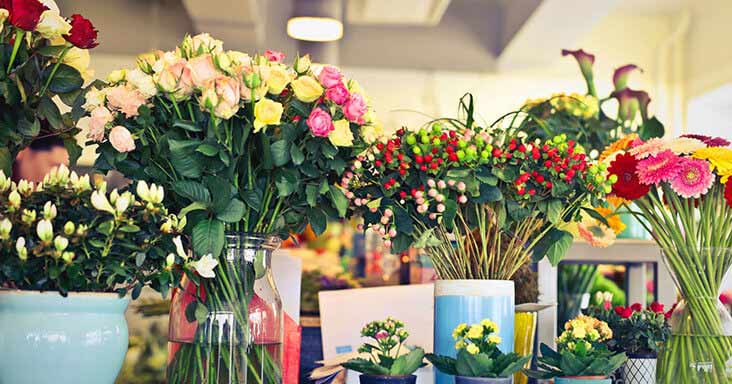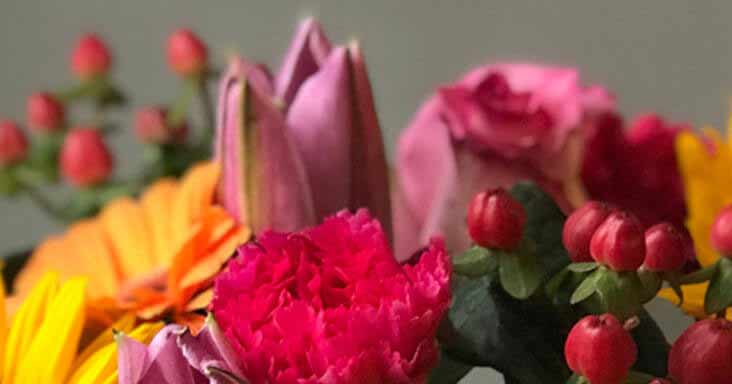It’s time to admit it; summer’s lease hath all too short a date. And as we slip from the warm blanket of August’s lie-in to the bright chill of September’s early rise, it’s time to give the vibrant flowers of summer’s busy garden one final embrace, and settle in to the hardier plants which will keep us occupied over the coming months.
For many of us, this means a move away from the fritillary petals of flowers, and towards good, solid British veg. Which, if you live in the town or city, probably means an allotment.
Allotments might have a vague air of the olde-worlde about them, but they’re certainly not a thing of the past. Organisations such as the National Allotment Society show that there’s plenty of life in the allotment yet. The government’s website provides links so that you can check whether there’s a convenient allotment site near you: link.
So you’ve got yourself an allotment: what now? The Guardian recently ran a blog on the best plants to grow on an allotment with low maintenance: perfect for those who won’t have too much time to tend their allotment owing to a hectic life, and also great advice for anyone just getting started out. You can move on to the harder stuff later! To begin with, some great plants to consider are “winter squashes, drying beans, chillies, maincrop potatoes, rhubarb, globe and Jerusalem artichokes, beetroot, carrots, kale, onions, garlic, shallots, perpetual spinach and chard. All these crops, once planted, require a quick weed and water now and then, and no mollycoddling.”
To minimise the amount of time which you need to spend scraping away at weeds, the Guardian recommends that you lay down a plastic or cardboard mulch either side of your row of seeds. Now all you need is some watering – a good soak every now and then should do it – and slug pellets as required.
Of course, getting out into the garden won’t keep you warm through the winter months, but it is a great way to keep fit and get some fresh air, even if you live in the smoggy murk of the city.





